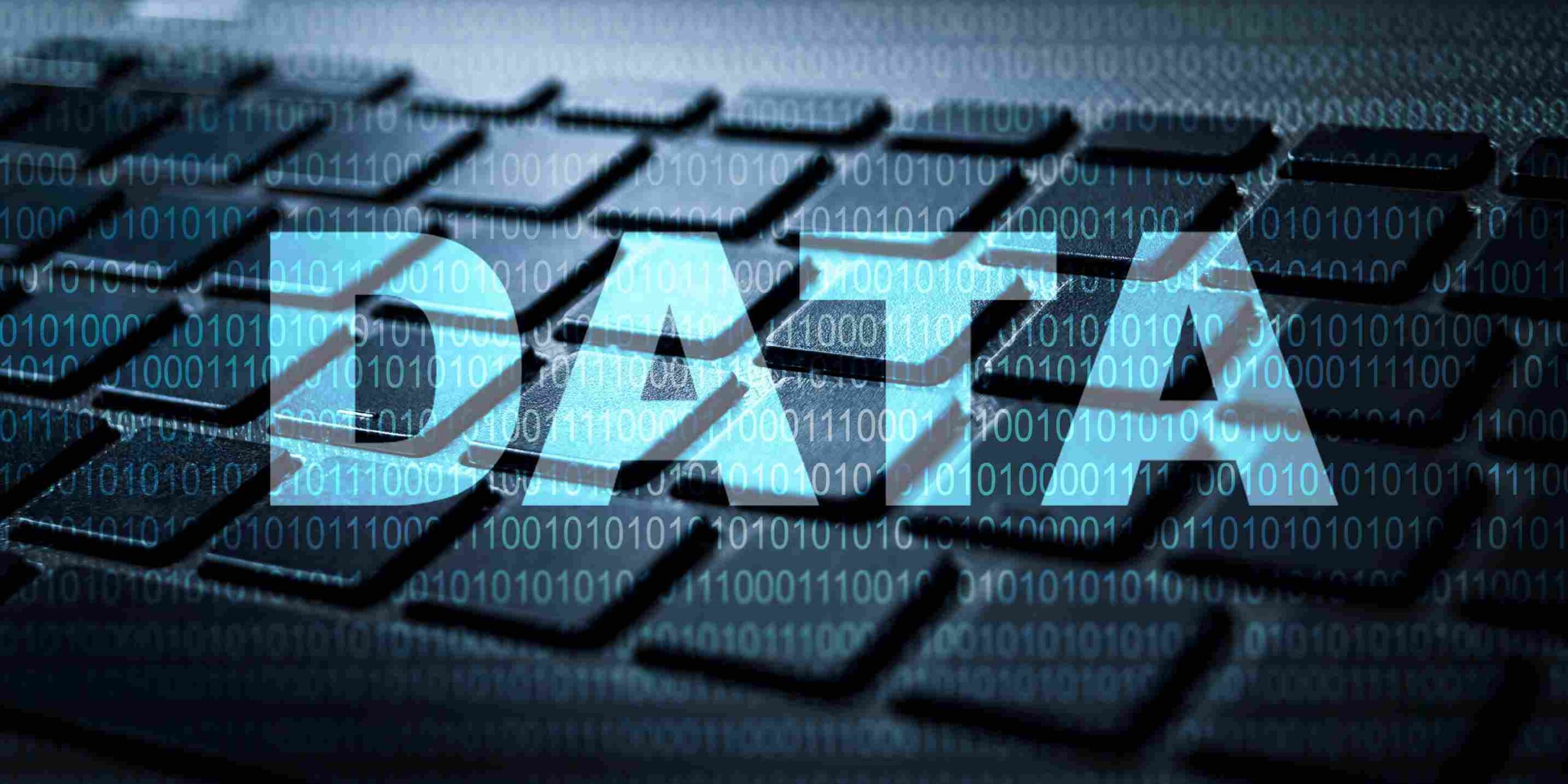
In the realm of education, data has emerged as a powerful tool for driving improvement, enhancing outcomes, and ensuring student success. Data-driven decision making enables educators to leverage insights from student performance, demographics, and behavior to inform instructional strategies, allocate resources effectively, and address areas for improvement. In this blog, we’ll explore the importance of data-driven decision making in education and its transformative impact on teaching and learning.
1. Understanding Student Needs and Performance:
Data-driven decision making begins with understanding students’ individual needs and academic performance. By collecting and analyzing data on student demographics, attendance, assessment scores, and learning progress, educators gain valuable insights into each student’s strengths, weaknesses, and areas for growth. This information allows teachers to tailor their instructional strategies to meet the diverse needs of their students and provide targeted interventions when necessary.
2. Identifying Trends and Patterns:
Data analysis enables educators to identify trends and patterns across classrooms, grade levels, and schools. By examining data on student achievement, attendance rates, disciplinary incidents, and other metrics, educators can uncover underlying factors that may be impacting student outcomes. For example, identifying a correlation between attendance and academic performance may prompt schools to implement strategies to improve student attendance and engagement.
3. Monitoring and Evaluating Program Effectiveness:
Data-driven decision making allows educators to monitor and evaluate the effectiveness of educational programs and initiatives. By tracking key performance indicators and outcome measures, such as graduation rates, standardized test scores, and college readiness metrics, schools can assess the impact of interventions and make data-informed adjustments as needed. This continuous improvement cycle ensures that resources are allocated effectively and that programs are meeting their intended goals.
4. Supporting Professional Development and Teacher Growth:
Data analysis provides valuable feedback for educators to reflect on their instructional practices and professional growth. By examining student performance data, classroom observations, and feedback from colleagues and administrators, teachers can identify areas of strength and areas for improvement in their teaching practice. This information informs professional development opportunities and enables educators to refine their skills and strategies to better meet the needs of their students.
5. Enhancing Accountability and Transparency:
Data-driven decision making promotes accountability and transparency in education by providing objective evidence of student outcomes and school performance. By publicly reporting data on student achievement, graduation rates, and other metrics, schools and districts demonstrate their commitment to accountability and continuous improvement. This transparency fosters trust and confidence among stakeholders, including parents, policymakers, and the broader community.
6. Empowering Stakeholders with Data Literacy:
To fully leverage the potential of data-driven decision making, stakeholders must be equipped with data literacy skills to interpret and analyze educational data effectively. Educators, administrators, policymakers, and parents can benefit from training and professional development opportunities to enhance their understanding of data analysis techniques and data visualization tools. By promoting data literacy across the education ecosystem, schools can ensure that stakeholders are empowered to make informed decisions that drive student success.
In conclusion, data-driven decision making is a cornerstone of effective education policy and practice. By harnessing the power of data to understand student needs, identify trends and patterns, evaluate program effectiveness, support professional development, enhance accountability, and empower stakeholders with data literacy skills, educators can create learning environments that maximize student potential and prepare them for success in school and beyond.
